Astronomers are starting to understand why the dwarf galaxies around the Milky Way are aligned along a plane.



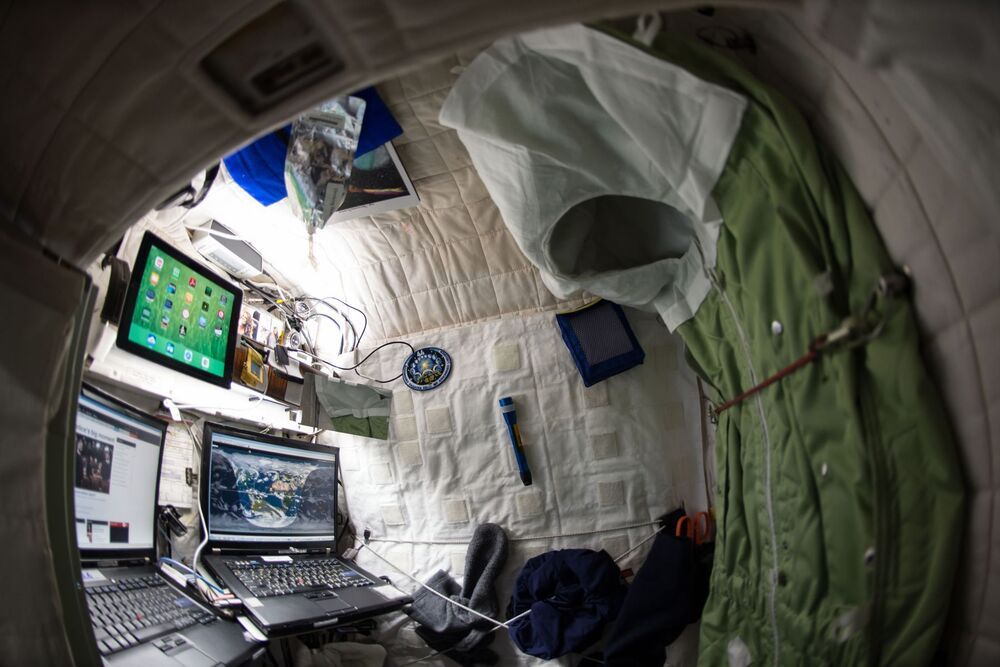
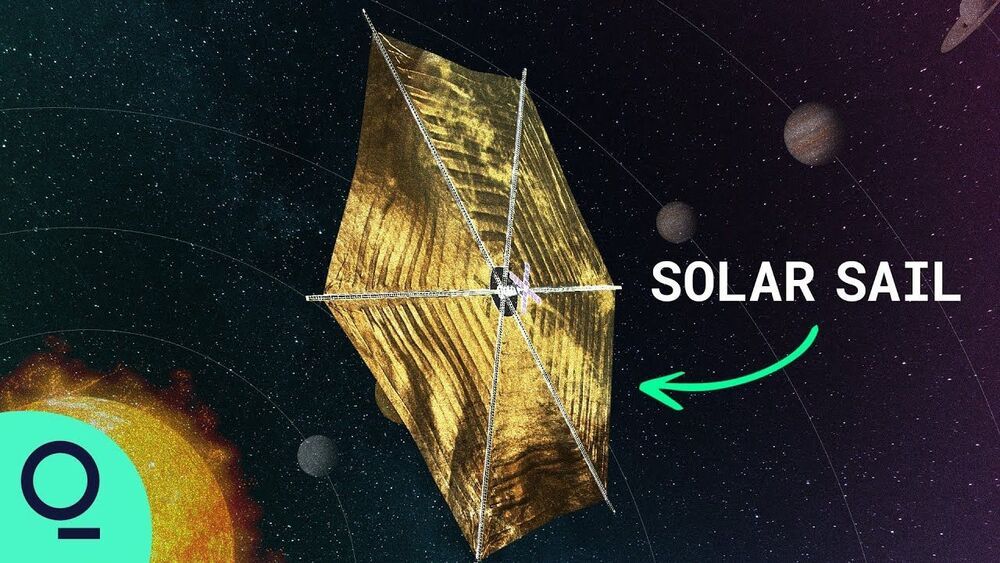
Using the pressure of the sun’s rays to propel spacecraft, solar sails will allow future unmanned missions to be longer and cheaper while reaching the outer solar system—and possibly beyond.
#Moonshot #Space #BloombergQuicktake.
——-
Like this video? Subscribe: http://www.youtube.com/Bloomberg?sub_confirmation=1
QuickTake Originals is Bloomberg’s official premium video channel. We bring you insights and analysis from business, science, and technology experts who are shaping our future. We’re home to Hello World, Giant Leap, Storylines, and the series powering CityLab, Bloomberg Businessweek, Bloomberg Green, and much more.
Subscribe for business news, but not as you’ve known it: exclusive interviews, fascinating profiles, data-driven analysis, and the latest in tech innovation from around the world.
Visit our partner channel QuickTake News for breaking global news and insight in an instant.

Advances in astronomical observations have resulted in the discovery of an extraordinary number of extrasolar planets, some of which are believed to have a rocky composition similar to Earth. Learning more about their interior structure could provide important clues about their potential habitability.
Led by Lawrence Livermore National Laboratory (LLNL), a team of researchers aims to unlock some of these secrets by understanding the properties of iron oxide —one of the constituents of Earth’s mantle—at the extreme pressures and temperatures that are likely found in the interiors of these large rocky extrasolar planets. The results of their experiments were published today in Nature Geoscience.
“Because of the limited amount of data available, the majority of interior structure models for rocky exoplanets assume a scaled-up version of the Earth, consisting of an iron core, surrounded by a mantle dominated by silicates and oxides. However, this approach largely neglects the different properties the constituent materials may have at pressures exceeding those existing inside the Earth,” said Federica Coppari, LLNL physicist and lead author on the study. “With the ever-increasing number of confirmed exoplanets, including those believed to be rocky in nature, it is critical to gain a better understanding of how their planetary building blocks behave deep inside such bodies.”


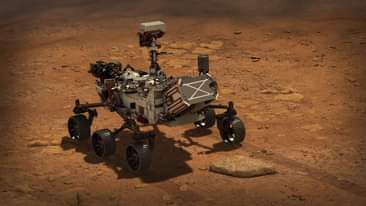
It’s never easy. It’s always exciting. Our next Mars landing happens on Feb. 18, and you’re invited to take part as NASA’s Perseverance Mars Rover begins its exploration of mysterious Jezero Crater. Here’s how to join in the # CountdownToMars : http://go.nasa.gov/3tVrB8T
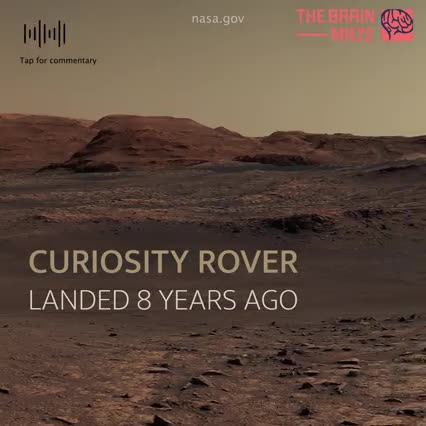
On the 12th of January 2021, NASA released the last panorama of Mars captured by the Curiosity Rover near Mount Sharp. This spectacular view presented on the highest quality is a combination of 122 photos.
Days ago, Insight Lander ended Its journey on Mars. In February Perseverance Rover will begin its trip!
Enjoy this mesmerizing view on Mars, with interesting details explained in this video!
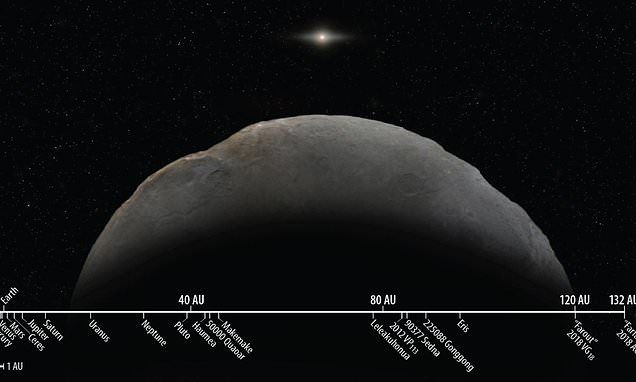
Pluto, the dwarf planet, resides around 3.1 billion miles from the Sun, while Farfarout is an incredible 12.2 billion miles from the Sun.